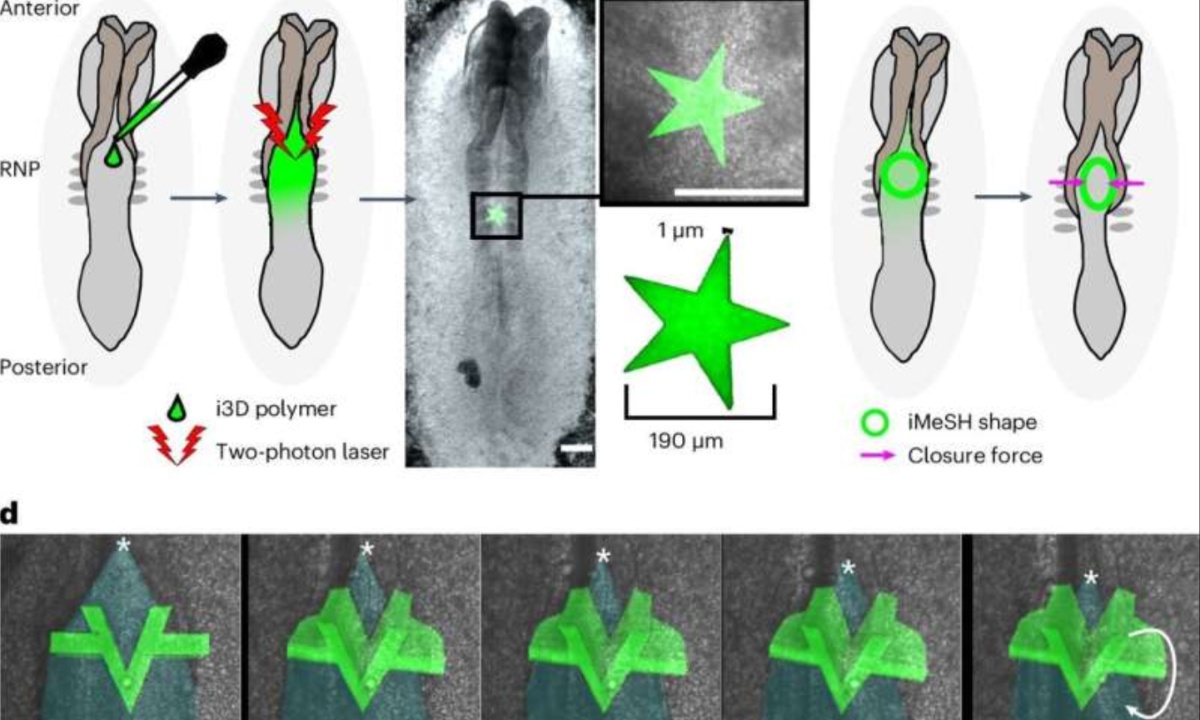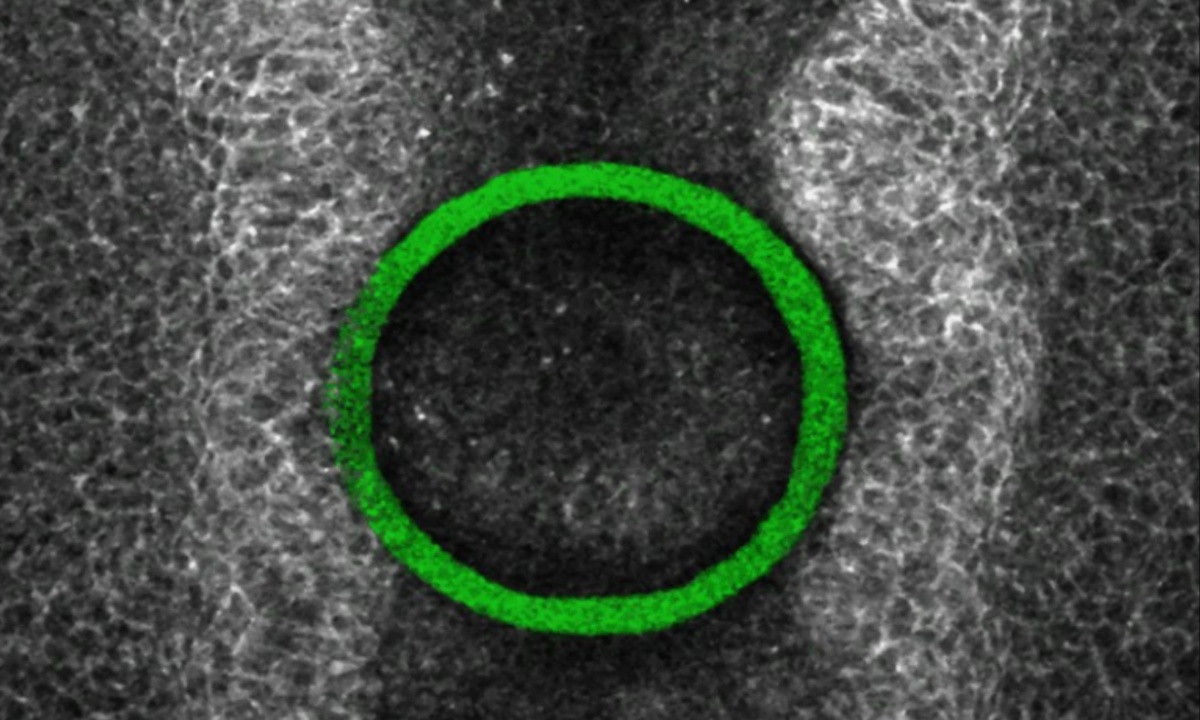A team of scientists from UCL, in collaboration with the University of Padua and the Veneto Institute of Molecular Medicine, has achieved a breakthrough in understanding embryonic development by creating mechanical force sensors within the developing brains and spinal cords of chicken embryos.
\Published in Nature Materials, their study aims to shed light on the mechanisms underlying birth defects like spina bifida, which affect approximately one in 2,000 newborns in Europe annually.
The research focuses on the role of mechanical forces during embryo development, which are crucial for shaping organs and anatomical structures such as the neural tube, the precursor to the central nervous system.
Despite decades of molecular and genetic studies, the complete understanding of congenital malformations remains elusive, prompting a shift towards investigating physical forces in tissue development.

One of the primary challenges has been the minuteness and delicacy of embryonic tissues, particularly the spinal cord, which is too small to be observed directly without specialized tools.
To address this, the researchers pioneered the use of 3D-printed, micron-scale force sensors embedded directly into the chicken embryos’ nervous systems.
These sensors, initially a liquid that solidifies into a spring-like structure upon exposure to laser light, enable the measurement of tiny mechanical forces exerted during development—forces as subtle as a tenth of the weight of a human eyelash.
By quantifying these forces, the team aims to explore new avenues for preventing congenital defects. This includes investigating pharmaceutical interventions that could either enhance positive forces crucial for normal development or mitigate negative forces that could lead to malformations.
Such approaches could potentially complement existing preventive strategies, such as folic acid supplementation, commonly recommended during pregnancy.
Lead author Dr. Eirini Maniou highlighted the study’s potential impact, emphasizing that their use of advanced biomaterials and microscopy opens new doors in embryonic mechanic’s research.
Co-senior authors Dr. Gabriel Galea and Professor Nicola Elvassore underscored the versatility of their technology, suggesting broader applications across various research domains and its potential for future studies involving human stem cells.
This groundbreaking research not only deepens our understanding of mechanical forces in embryonic development but also holds promise for identifying novel therapeutic and preventive strategies against conditions like spina bifida, marking a significant advancement in biomedical research.
